Back when Ed Norton was a keen amateur travel photographer he would carry a Lonely Planet guidebook with him. He set himself the goal of getting one of his pictures into one of their books. When he finally got round to sending them some, the publishers liked his work so much they offered him a contract. The rest is history. Ed now has the enviable job of travelling the world taking photos, but his methods, and the kit he uses, has changed dramatically since he went pro.
‘I used to use zooms a lot,’ he recalls. ‘Mostly the 16-35mm, the 24-70mm and the 70-200mm. But I found myself being quite lazy in my compositions. Instead of getting in close to the action, I was zooming in from the sidelines. I tried for a while to discipline myself to just use the ends of the zoom range, but I soon slipped back into old habits.’
Ed switched from Canon to Sony four years ago, and swapped his zooms for ZEISS Batis prime lenses. ‘I’ve got the 18mm, the 25mm, the 85mm and the 135mm,’ he explains. ‘But the lens that I use the most is the 25mm Batis – it is my standard lens. Obviously it goes without saying that the image quality of primes is noticeably superior to zooms. And they’re smaller – my zooms were very big. But primes also made me start thinking about photography in a different way. It simplified my compositions, and made me think more about what I was doing, and I feel my images came out stronger as a result.’
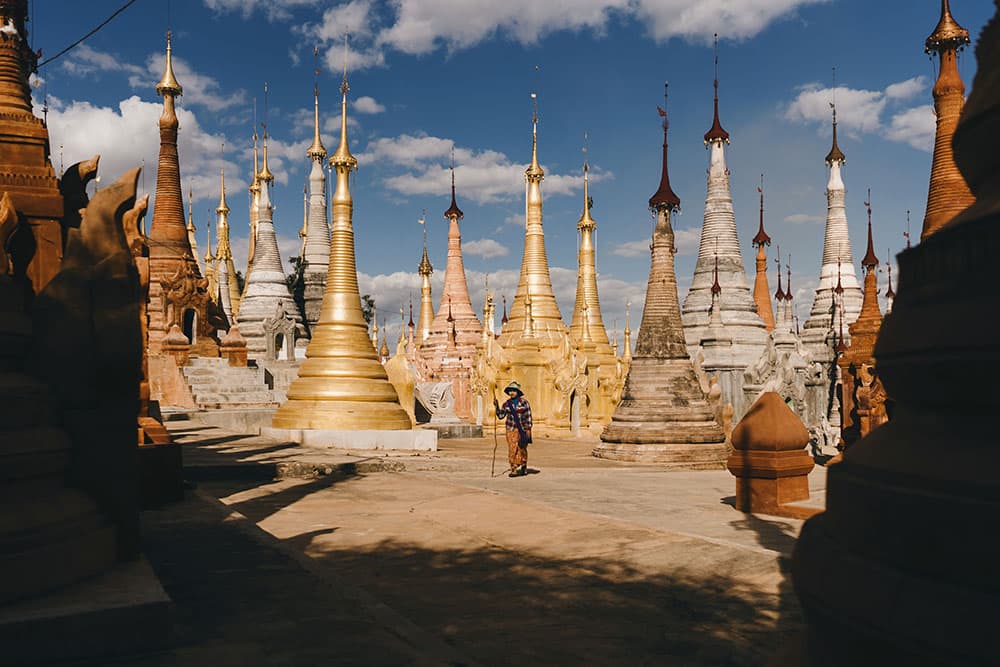
Inle Lake 2 – Myanmar
Why wideangles?
Ed is a big fan of wideangle lenses. ‘With longer lenses you feel like a voyeur, a spectator to what’s going on, but with wideangles you immediately feel more a part of it. A lot of my work contains people, and with a wideangle they feel closer and more intimate, like you can reach out and touch them. The perspective is also great for showing a person within the context of their surroundings.
‘Obviously wideangle lenses are necessary for showing wide views but the optical characteristics mean that you can emphasise the foreground more, whether it’s a person or a plant, and create a much greater sense of depth in the scene. They also work well with leading lines – I don’t mean literal lines like fences but compositional lines that draw the viewer into the frame. Wideangle lenses emphasise these.’
A useful advantage of wideangles is the ability to zone focus and achieve extended depth of field, which is not only useful for landscapes, where maximum depth of field is usually required, but also for street photography. You can do this with any wideangle but the Batis has a unique feature that makes the most of this attribute.
‘With these ZEISS Batis lenses, having the OLED digital display on the lens is incredibly helpful, says Ed. ‘You set a focus point and it will give you your near and far depth of field range for that aperture. I just stop down to about f/8 and adjust the focus point until I get focus from about 3m to infinity. Having that feature is a great comfort. It means I can shoot quickly and kind of know that everything will be sharp,’
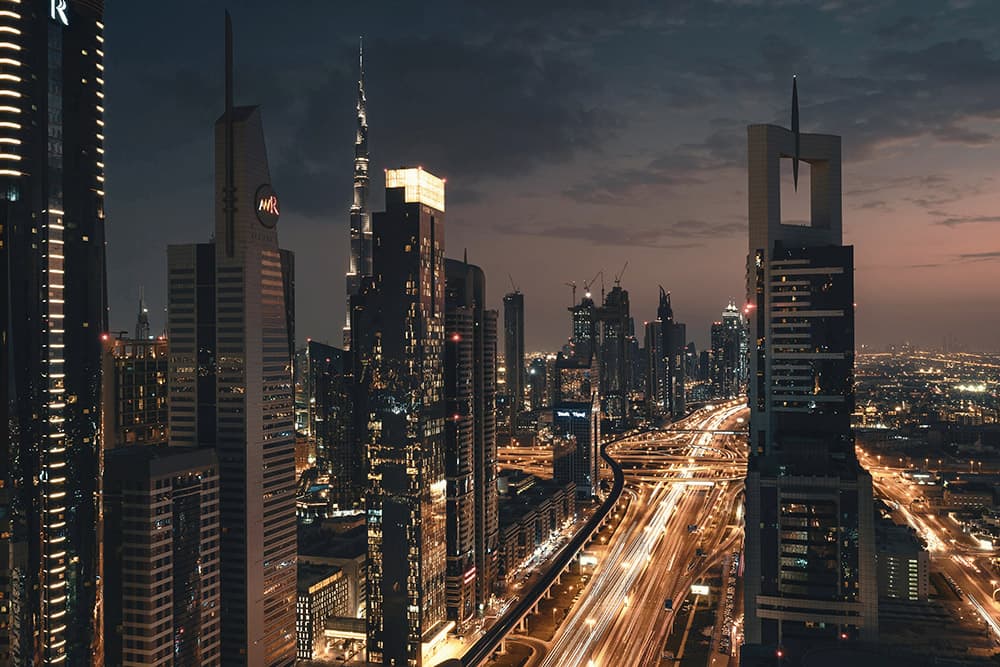
Dubai – UAE
The image quality advantage
A great benefit of prime wideangle lenses over zooms is the lower level of distortion that you get from fixed focal length lenses. ‘When I was using zooms the distortion was more apparent, so I had to spend more time in post-production trying to remove it. But with these lenses in particular you don’t. Even with the 18mm, which is quite wide. I spent a few months travelling around Europe doing architectural shots with it and you really don’t have to do much work in post-production.’
Another thing that Ed doesn’t have to do much of in post production is sharpening, thanks to the superior resolution of primes and of the ZEISS Batis lenses in particular. As Ed explains: ‘The Batis lenses have a really high micro contrast so I don’t really need to post-sharpen. When I was using the pro zooms, I used to have all these crazy sharpening techniques to try and get the sharpest image possible but it just isn’t part of my workflow any more, which is pretty incredible. Especially when you’re shooting with a 42MP camera – you’d really notice if the lenses weren’t sharp enough.’
Great image quality is all very well, but for travel photographers robustness is just as important. ‘My kit probably takes more of a battering than most peoples, confesses Ed. ‘But I’ve used these lenses in -25 degrees, and in very humid tropical places in Asia and they have never let me down. Many of these places I’m only ever going to see once, so I really don’t want to be lacking confidence in my gear. Knowing that these lenses are so well built and can handle any situation is massively important.’

Inle Lake – Myanmar
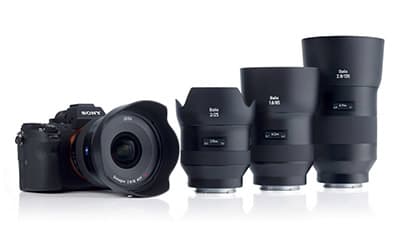
Ed’s kit
Sony A7R II
ZEISS Batis 2.8/18
ZEISS Batis 2/25
ZEISS Batis 1.8/85
ZEISS Batis 2.8/135
Ed’s top five tips for aspiring travel photographers
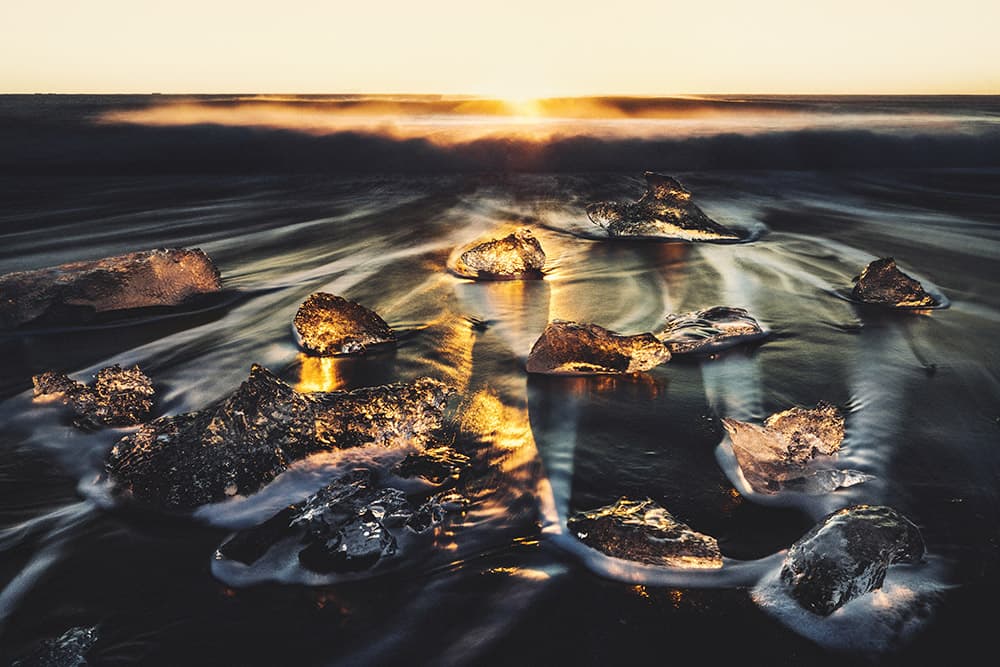
Diamond Beach – Iceland
1 Look for travel trends. Go to relatively unknown places that are up and coming. Sometimes tourist boards will run big budget promotions. For example Slovenia was relatively unknown until the last couple of years and now it’s the new ‘place to go’.

Mandalay – Mynmar
2 Immerse yourself in the place you’re going. If you just stick to the TripAdvisor top 10 things to see you’ll just end up going to all the touristy places. Places that have been photographed to death. The best way is to try and make friends with the locals. That’s one thing that social media is good for. Especially Instagram. Research photographers from the place you’re going to, and study their work. I like to connect with local photographers and so far every single one has been happy to show me around, and take me to places other people don’t go. And they have all become friends.

Brisbane – Australia
3 Concentrate on telling stories instead of just taking standalone pictures. This will make them much more interesting, and more saleable too.
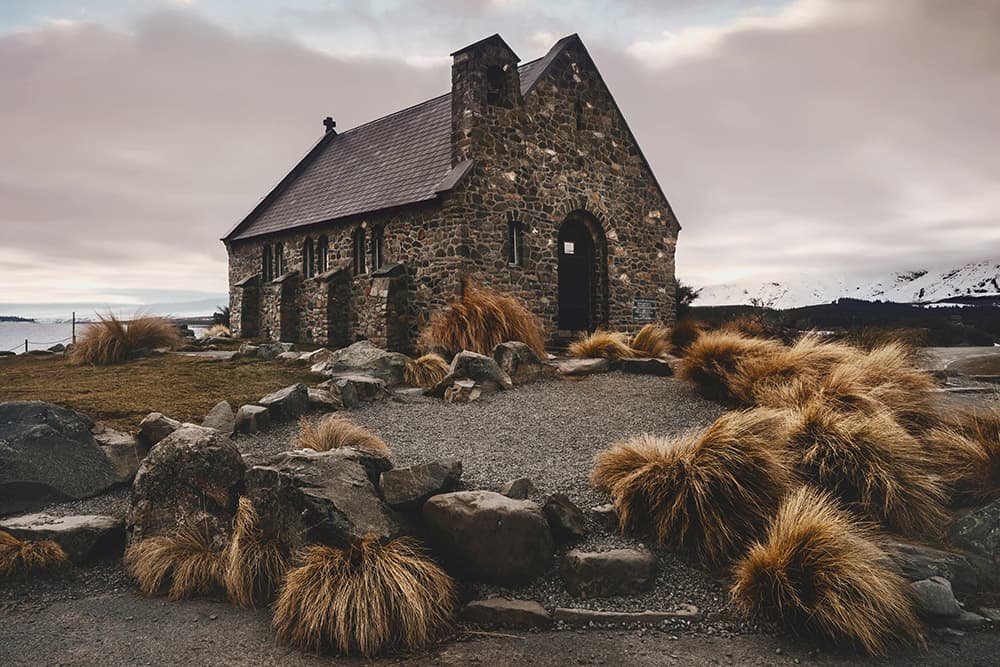
Lake Tekapo – New Zealand
4 Don’t get hung up on the ‘shoot in the golden hour’ rule. When you’re travelling you tend to be shooting all day and you learn to work with the light you’ve got. Keep shooting even when it rains – you can get some really interesting shots.
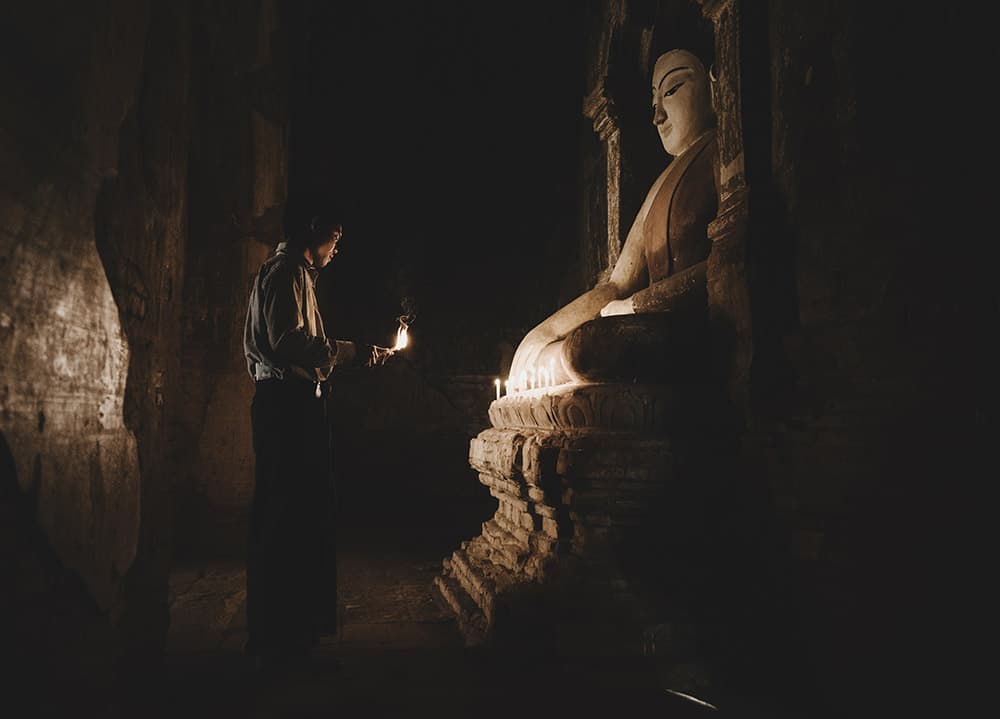
Bagan – Myanmar
5 I don’t use tripods much but I’m happy to push my ISO up, which is something a lot of people are still afraid of. But sensors have a come a long way and the grain looks nice to me. I’d prefer to have some grain than have camera shake so I often shoot at ISO 6400 and even higher. What looks bad is when people try to get rid of it and they get this unnatural, plasticky look to their images.

Bangkok – Thailand
See more of Ed Norton’s work by visiting his website: www.ednortonphoto.com/
Learn more about ZEISS Batis lens range on the Zeiss website









